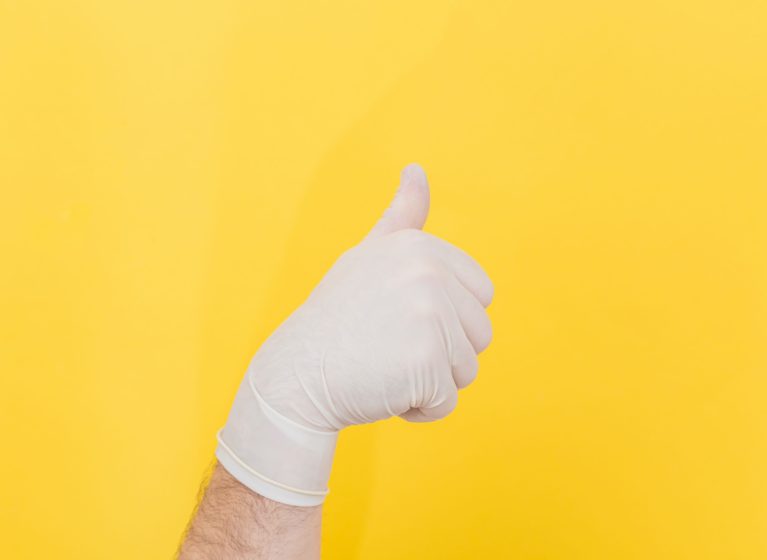
The safest hospitals require their care teams to focus intently on identifying potential risks to patient safety. At UVA Health Medical Center, we utilize a unique accountability system to ensure we mitigate those identified risks in the patient care environment daily.
This process makes a big difference in reducing hospital-acquired infections in our intensive care units (ICU). And we believe it will improve other markers of patient safety now that we have introduced it to our other adult inpatient units. Because behind all this work are patients about whom we care deeply. They are our family, friends, and neighbors. And this work not only prevents infections, but it saves lives, making us the safest hospital to receive care.
Patient Safety Risk Rounds — adapted from an approach our model cell units successfully developed before the COVID-19 pandemic — were reintroduced to several care teams earlier this year. Initially, these efforts focused on reducing rates of Central Line-Associated Stream Infections (CLABSI) and Catheter-Associated Unitary Tract Infections (CAUTI). Providers in our ICUs were the first to implement these efforts partly because they care for our sickest patients, and best-practice interventions can significantly impact outcomes.
Our ICU teams identify patients most at risk for CLABSI and CAUTI and ensure they receive a "care bundle approach" — a set of evidence-based practices that, when performed reliably, reduce hospital-acquired infections. These units use an easy-to-read visual management system to indicate whether the entire "bundle" has been delivered to each at-risk patient. In this way, bedside caregivers can ask for help when needed — and unit leaders can quickly see when to deploy resources to reduce the risks associated with these infections.
Patient Safety Risk Rounds are already making a difference in reducing hospital-acquired infections. In April, we went 27 days without a CLABSI. Also, at our recent Medical Center Management Group meeting late last month, we proudly announced that the MICU had gone 53 days without a CLABSI, and the Neuroscience ICU had gone 153 days without a CAUTI.
Now that Patient Safety Risk Rounds are hardwired in our ICUs, we introduced this process to our other adult inpatient units in a phased approach. As of last week, Patient Safety Risk Rounds are now a part of every unit’s daily processes. This is yet another example of how, by taking a patient-first approach to our care, we can exceed our goals for patient safety. Thank you to everyone, from our caregivers and unit leaders to our quality and performance improvement teams, for all you do to make UVA Health Medical Center the safest place to receive care.
Take care and be well!
Wendy